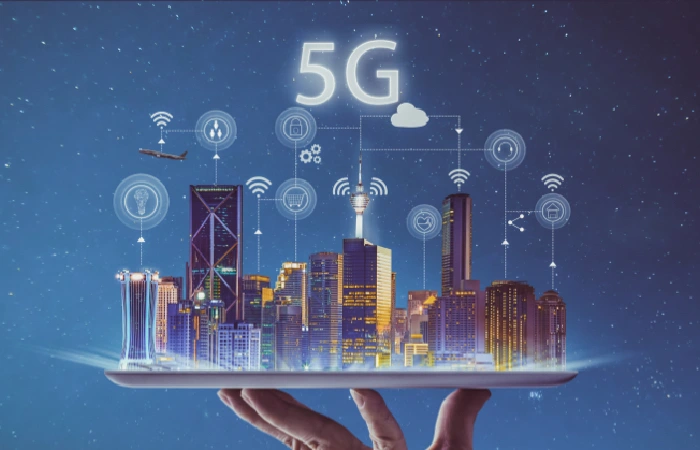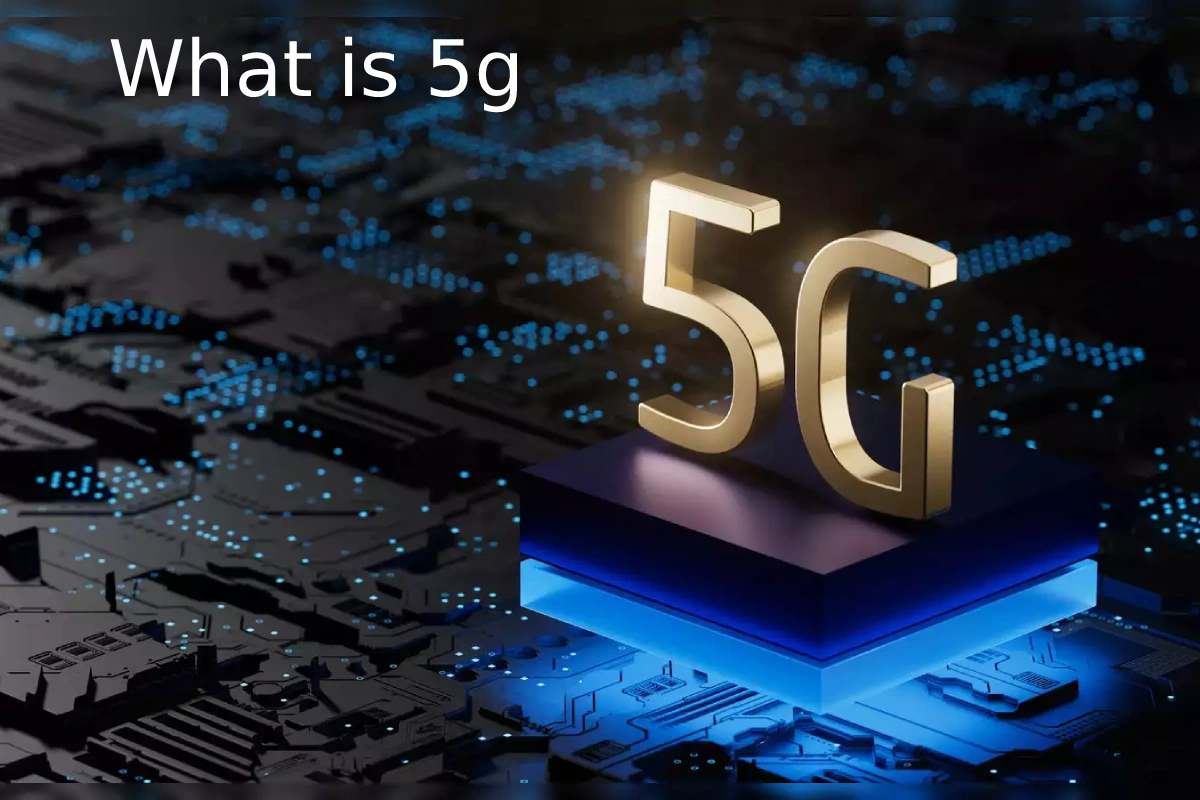5G is on every ones lips. This new mobile technology will increase connection speed, minimize latency (web response time) and exponentially multiply the number of connected devices. In other words: we will be connected to everything all day and in the shortest time possible.
Table of Contents
But What Exactly is 5G?
The 5G name refers to the fifth generation of mobile networks. Gone is the old 1G network, one of those first mobile phones that only allowed to talk. 2G technology introduced SMS, and our ‘smartphone’ became an increasingly wide-ranging communication tool little by little. First, the Internet connection (3G) was incorporated. Then broadband (4G) arrived, which brought with it the playback of videos in real-time (streaming) or augmented reality, to which we are already very accustom. Still, a few years ago, they were utterly unfeasible.
Why is 5G Technology Important?
4G technology is becoming saturated, and speed has never been more necessary. Increased demand will cause unavoidable problems for customers, businesses, government agencies, etc. Latency will increase, downloads will be postponed, and overall performance will drop. Additionally, as connected devices become more widely used, the problems for users and businesses become more apparent. Facilities that rely on mobile data – finance, emergency services, and data security – will increasingly experience delays and failures when sending and receiving data.
To solve these problems, 5G technology uses several different innovations that work together: higher frequency radio waves, beamforming, and network slicing. It also promises to increase download speeds to be up to ten times faster than 4G technology and reduce latency to just one millisecond. In addition, segments of the 5G networks can be dedicate to the essential services, increasing reliability.
Importance of 5G Technology for Companies
All companies depend on the telecommunications sector to access the Internet. 5G technology offers many advantages, primarily through network slicing data used for entertainment and communication will use only one network segment. At the same time, more important will have an exclusive feature for them. To implement this update in our infrastructures, the telecommunications sector must focus on the adoption of 5G technology
The transformation of 5G networks relies heavily on the virtualization of radio access networks ( vRAN ) and assumes that containers and cloud development will become increasingly important. RANs represent significant network overhead for Telco’s, perform intensive and complex processing, and face rapidly increasing demand as more 5G and edge computing use cases emerge for customers.
How 5G Will Change the World
The most significant advance will come from the hand of speed. 5G will let browsing at up to 10 GBps (gigabytes per second), ten times faster than the primary fiber optic offers on the market. At this rate, for example, you can download a full movie in seconds.
Thanks to this new technology, we can, for example, exponentially increase the number of connected devices. Vehicles, industrial robots, urban furniture (speed bumps, roads, bus stops), or any electronic device we have at home (from the alarm to the washing machine, the fridge, or the robot vacuum cleaner) will be able to connect and share information in real-time.
How Does 5G Technology Work?

The technologies that support 5G networks are complex. Today’s networks rely on large, high-power cell towers, which send low-frequency signals (less than 6 GHz) over long distances. The difficulty is that these radio frequencies cannot transmit data fast enough to support the 5G service’s high speeds.
In addition, the number of connected devices is increasing, which further reduces speeds and requires the use of new technologies.
Millimeter Waves (Mmwaves)
They are waves at very high frequencies (from 20 to 100 GHz) that can transmit signals at unbelievable speeds. Unfortunately, they cannot travel long distances, make turns, or walk through walls. To avoid those problems, the mid and low band frequencies are use. However, if mmWave nodes are install within line-of-sight, higher-frequency waves can jump from one point to another, providing a maximum of 5G wireless coverage with lower latency.
Beamforming
Beamforming workings like a traffic light, moderating calls and concentrating on a single stream of data for a specific user at a particular time. Cell towers broadcast their signals in all instructions, which can cause a lot of interference. Once the information is transferred, the call moves elsewhere to fulfill what another user request. This customized signal can significantly reduce interference between cellular cells and make data transmission faster and more efficient.
Network Segmentation
For some people, network slicing is the hallmark of 5G technology, allowing providers to dedicate virtual segments of their networks to exact uses. For example, data used for entertaining, communication, and the Internet will use one piece of the network. In contrast, machine-to-machine data transmission (a critical part of the Internet of Things, or IoT ) will have its use. Essential data, such as that wanted for driverless vehicles, emergency services and other key infrastructure. Will have exclusive access to the 5G network that other services—own specific segment, cannot use.
Conclusion
5G is called mobile networks that use fifth-generation technology, which is capable of connecting several wireless devices. Simultaneously to provide them with access to Internet and telephony services with speed and latency characteristics much higher than those use by previous generations.

